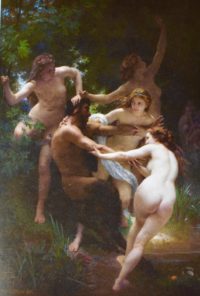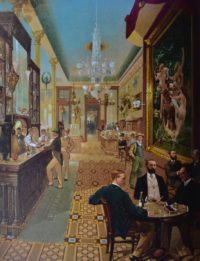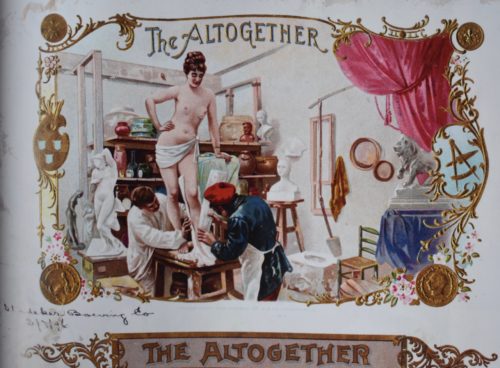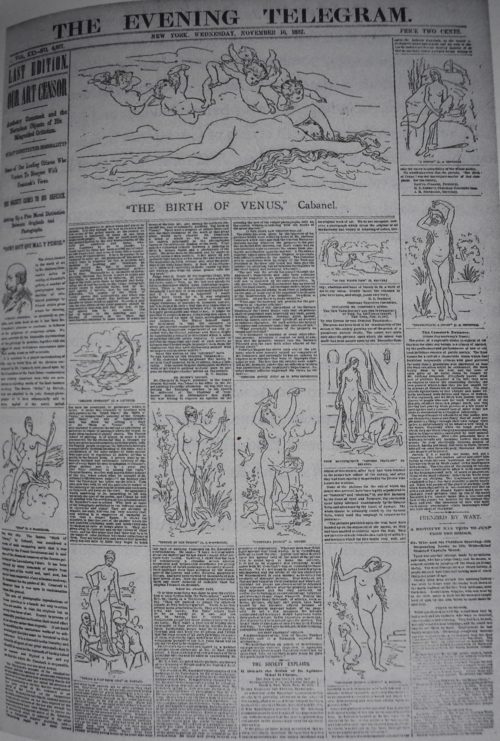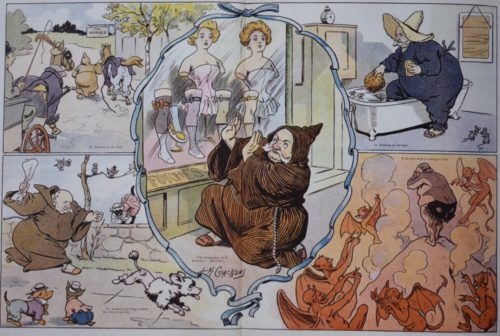Caveat lectorem: When readers submit comments, they are asked if they want to receive an email alert with a link to new postings on this blog. A number of people have said they do. Thank you. The link is created the moment a posting goes online. Readers who find their way here through that link can see an updated version by simply clicking on the headline above the posting.

Inverness artist/architect Igor Sazevich has just published “an art-full autobiography,” and it is indeed a work of art. It describes the joys of architecture, such as designing restaurants for Nordstrom department stores, and the pains, such as doing design work for Jack Kent Cooke, owner of the Los Angeles Lakers.
Igor, likewise writes candidly about his romantic adventures and his marriage into the Romanov family. His late wife, Natasha, was the niece of Prince Vasili Romanov, the nephew of the last tsar of Russia. She was also a cousin of Andrew Romanov of Inverness.

Igor Sazevich sitting behind Toby’s Coffee Bar.
Igor’s parents were both refugees from post-revolutionary Russia. His father was a sculptor and teacher while his mother designed window displays for San Francisco’s famed City of Paris department store.

At left, a home along the water in Marshall originally designed by Igor for professor/poet Mark Linenthal. At right, Igor’s Cedar Landing building in Inverness. (Photos from Time in My Coffee)
Igor spent much of his adult life working in his San Francisco office and then moving to his Sausalito office. From reading his accounts, one begins to understand just how complicated architecture can be in unexpected ways. For example, after buying what had been a private parking lot, Igor in 1992 built his new office on Sausalito’s Caledonia Street.
When a contractor unearthed human bones, however, it turned out the parking lot had been a Native American burial site some 3,000 to 4,000 years earlier. The discovery prompted the City of Sausalito to halt construction, creating a financial nightmare for Igor. Eventually Igor arranged for a representative of the Native American Commission to conduct a culturally appropriate reburial after which he was allowed to resume construction.

A Mendocino County home Igor designed in the style of a Native American wickiup.
Igor details his problematic dealings with the multimillionaire Cooke, who built the Inglewood arena called the Forum and owned several sports teams, including the Lakers basketball team. While living in Sausalito, Igor received a call one Sunday at sunrise from someone who began, “Good morning, I’m Jack Kent Cooke. You are that famous architect who designed the wickiup I spotted this morning in Sunset magazine?”
“Yes, that’s me,” Igor replied.
“Good. I have just purchased some land next to Sequoia National Park, and you’re the person I need to talk to.”
“Give me a moment,” Igor answered, “I’m just waking up. Are you asking me to be your architect?”
“You heard right, dear boy, and I want you to come down here to Los Angeles and stay at my house to go over the details.” When Igor responded that he’d need to check his schedule, Cooke condescendingly cut him off. “I need you here, dear boy, this coming Tuesday. You’ll be staying the night, but have a bite before you get here. I’ll have my chauffeur pick you up at the airport. Here is my phone number and the office number at the Forum.”
“Give me a moment to talk to my wife,” Igor replied, but Cooke again cut him off: “No time, dear boy. Call with your flight number and the time you’ll be getting in and what you’ll be wearing so the chauffeur can spot you. It’s been a pleasure getting to know you, and I’m looking forward to our meeting.” After saying that, writes Igor, “the man on the phone was gone.”
Igor twice flew south for the project and began to design a lodge for Cooke; the multimillionaire, however, again on a Sunday morning called him at home to cheerily announce, “As much as I love working with you, I’m dropping the project and will be selling the property. I also will not be paying you…. If you want, you are welcome to sue me.”
When Igor told the onetime Point Reyes Station attorney John Burroughs about all this, Burroughs volunteered to sue Cooke for him and charge only 30 percent of the take if they won. Because Burroughs misunderstood where the meeting between Cooke and Igor had taken place, he managed to have the case tried in San Francisco and not L.A. After three years of postponements, with no comment Cooke had his lawyers pay what was owed.

Many of the illustrations in ‘Time in My Coffee’ are vertical collages such as this one, which is captioned, “From top: big John Burroughs, Cedar Landing project, headline from Point Reyes Light, Andrew Romanov.”
Igor’s account of Andrew helping him push a 4-inch pipe under Sir Francis Drake Boulevard from one side to the other is another fascinating story. Igor owned bay-front property in downtown Inverness, but it had no place for a septic system. Igor got permission from a neighbor across the street to put a septic leachfield on his land if Igor could pump the sewage to it. To do this, Igor and Andrew pushed a conduit pipe under the roadway. They almost hit an Inverness Public Utility District water main in doing so, but nothing bad happened, and the septic system worked.
Igor also writes about his time in the military where he seemed particularly good at talking his way into better assignments. And he writes about his romantic and sexual experiences over the years. One brief encounter in particular stands out.
While still in high school, Igor was asked by an art student named Virginia to come to her mother’s apartment and sketch her for a class she was taking. After he’d drawn half a dozen sketches and was finishing, Virginia surprised him by uncovering her breasts and then her new lace panties. Igor was worried that Virginia’s mother would come home, but the girl suddenly straddled his lap and began rubbing herself against him. Then, just as Igor thought he would soon experience his “coming of age,” she surprised him again.
“Suddenly she stopped and raised herself slightly, reached under her skirt, and thrust her hand down into the foamy floral lace. What followed was Virginia’s total immersion in satisfying her body. Hers alone; I was only an observer. When she arched back, exhaling, and her spasms pulsed against my leg, I knew our time together was over….
“As we parted by the door, Virginia begged me to forgive her. She was sincerely embarrassed and said she had been afraid of going all the way with me.”
Sexual exhibitionism in order to preserve innocence, wow! That’s a new one.

The first home Igor built for himself and Natasha in Inverness burned in the 1995 Inverness Ridge fire, and he subsequently built another on the same site.
The grandparents of Igor’s wife, Natasha, were forced to flee Russia after the 1917 revolution and moved to the United States. Although she was born and raised in Los Angeles, Natasha spoke Russian. She also played guitar, sang folksongs, and had an interest in art and design.
Igor met Natasha when he was asked to drive her home to Berkeley after a party. They hit it off, but Igor was drafted into the Army and shipped overseas. When he returned, he briefly dated a woman named Cathy and almost married her. Cathy, however, was an alcoholic, and after seeing the movie Anastasia, Igor broke off their engagement and sped off to L.A. to spend Easter with Natasha’s family.

Natasha as a young woman in her parents’ Los Angeles home.
Natasha too was dating other people, but they reconnected when Igor arrived in Los Angeles. The family all went to a Russian Orthodox church for Easter, and Igor writes that “from some hidden corner, my heritage gripped me.” On the spur of the moment, he suggested to Natasha that they go outside into the church’s garden. He recalls that “as a soaring chant from within the church, verifying that Christ had risen, arose, I appealed to Natasha to become my wife…. I expected her to laugh it off, but she accepted.”

Natasha in the window seat of the old Inverness house.
The couple lived happily in Sausalito and then Inverness and became the parents of two daughters, Katia and Nina. Natasha, however, died in 2000 of cancer, and Igor’s account of her passing is both moving and eloquent. When her family was present shortly before she died at home, Natasha rose from her bed “and holding onto it declared, ‘Someone bring some glasses and the white wine. I need to make a toast.’
“As we stood there with glasses in hand, Natasha raised her glass too. ‘I just want to toast my family for all the wonderful times we shared, and Igor, without you I wouldn’t be able to stand here to bless you for making our life such an incredible adventure; I love you.’ Glasses clinked, wine drunk, tears shed, I assisted Natasha back into bed.”

The author beside the bay.
“A few years after Natasha’s death, Katia ran into a friend from London whom she had known in India; I met her once at a dinner party. She suggested that Katia introduce me to Marna Clarke, a mutual friend from the ashram, she had been a professional photographer until she sold her equipment and most of her possessions to travel…. I agreed, and Katia arranged for the three of us to take a walk along the beach at Point Reyes National Seashore.
“When Marna and I began dating, we experienced a closeness and eventually a desire to be together. Within two years, she moved up to Inverness Ridge to join me and be my partner.
“We have shaped our lives to blend her artistry as a photographer and my functioning as a painter. We have exhibited together and separately at different local galleries and are members of our community showroom, Gallery Route One, on the main street of Point Reyes Station.
“I still drive down there to have my cup of coffee and glance at the steaming ripples while I contemplate what the day holds for me.” Igor will turn 90 in June.
‘Time in My Coffee’ is available at Point Reyes Books, Gallery Route One, & Book Passages in Corte Madera
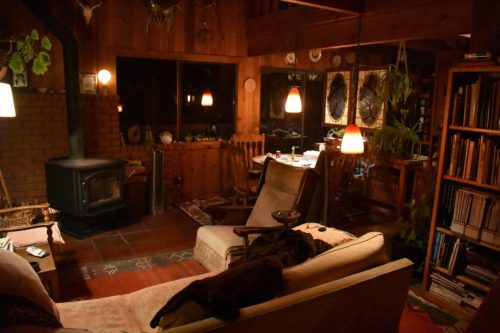
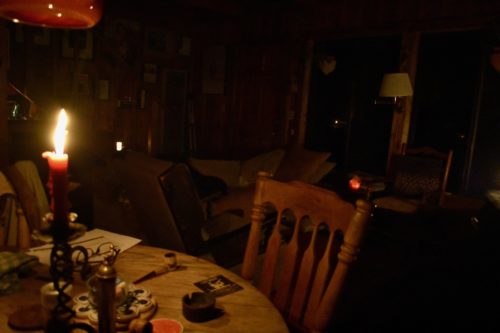
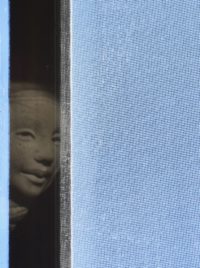









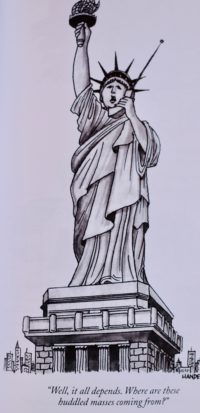








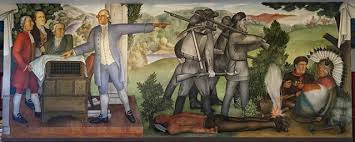

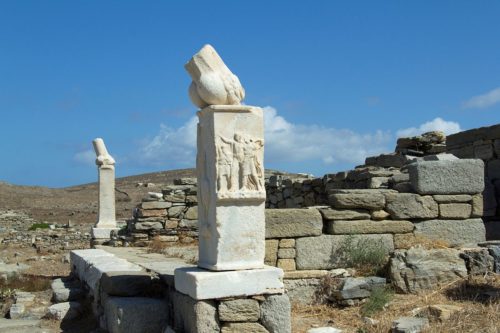
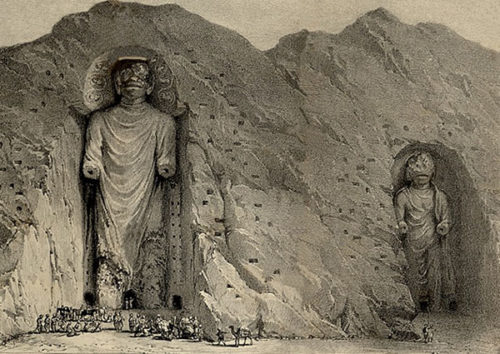

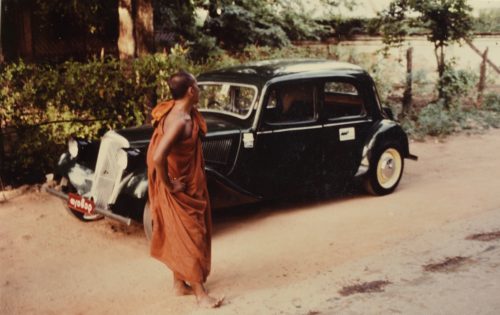
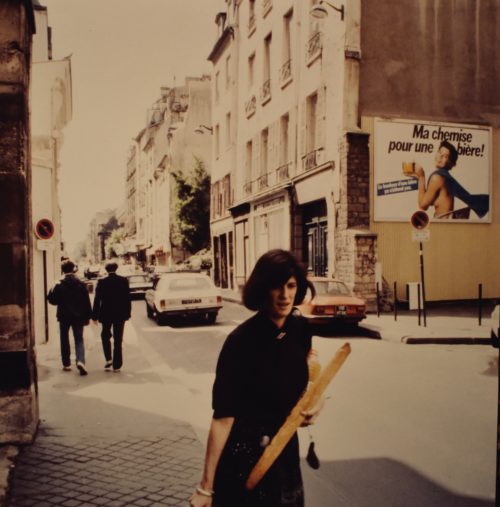
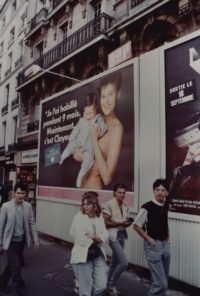
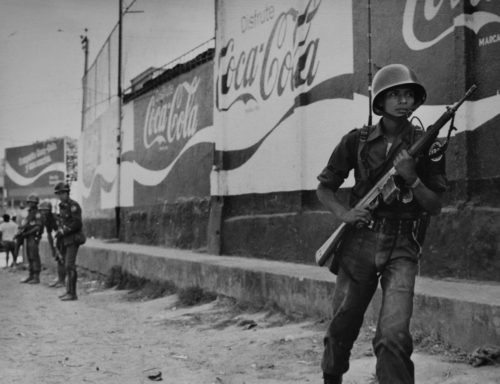
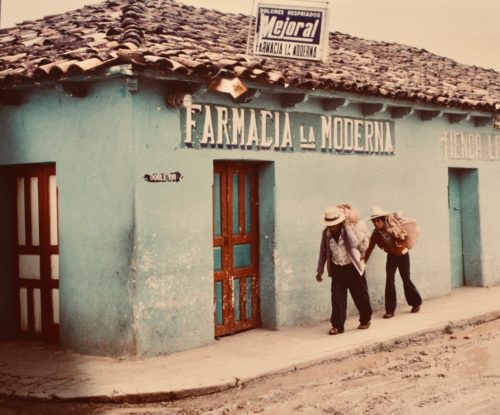
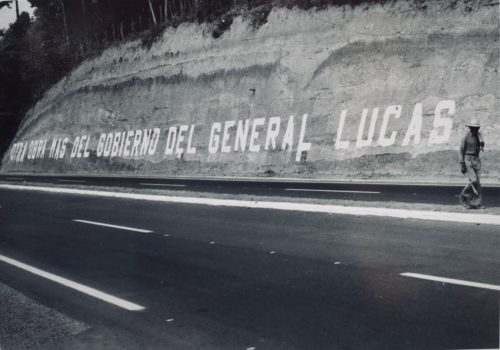
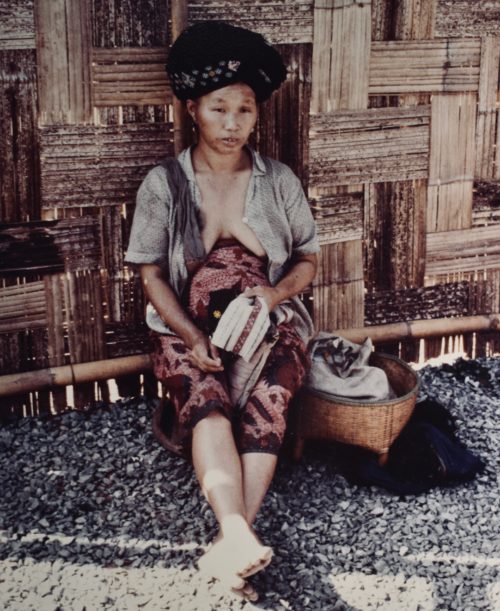
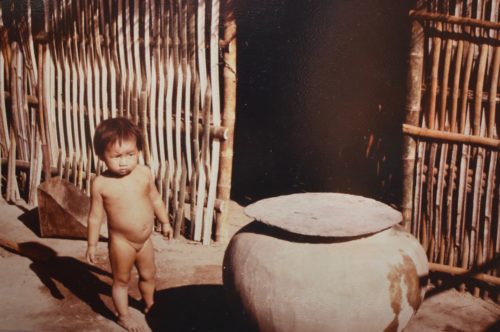
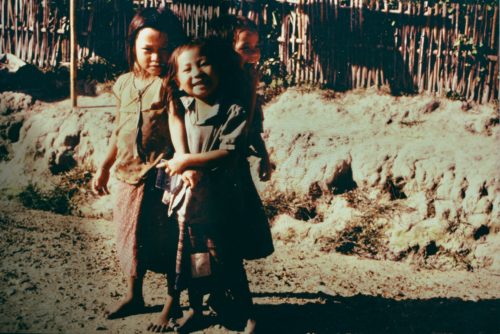







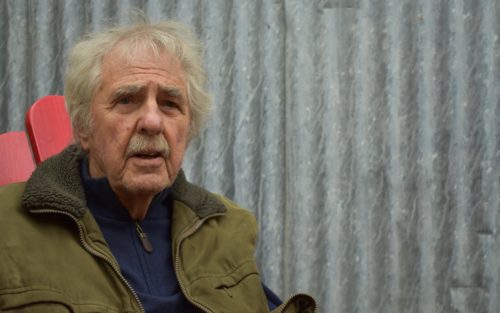
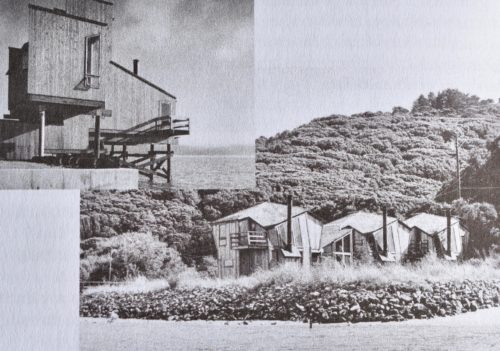
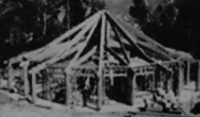

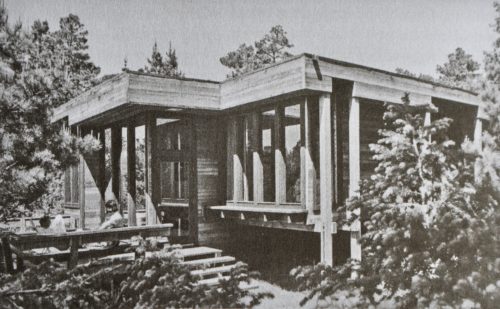

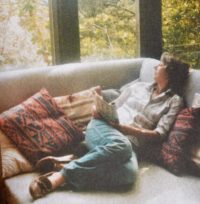

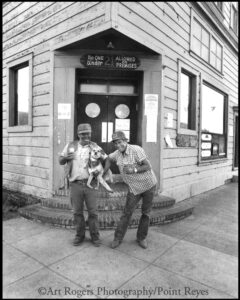
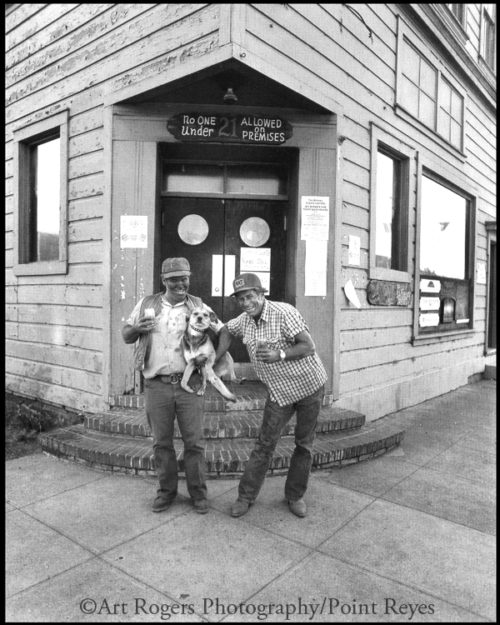
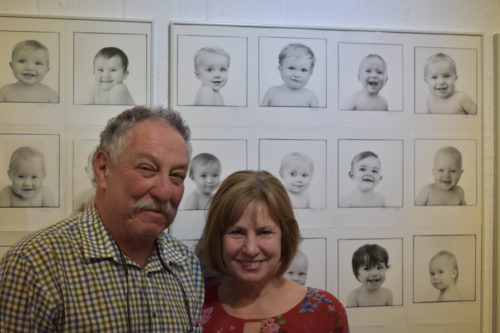
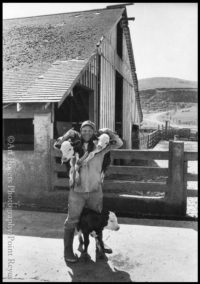
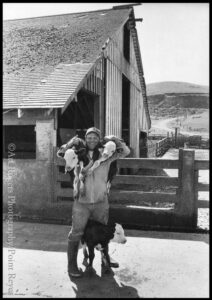
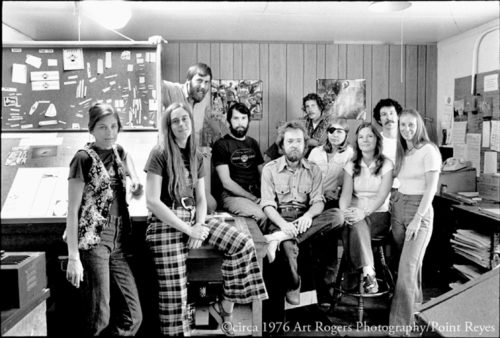


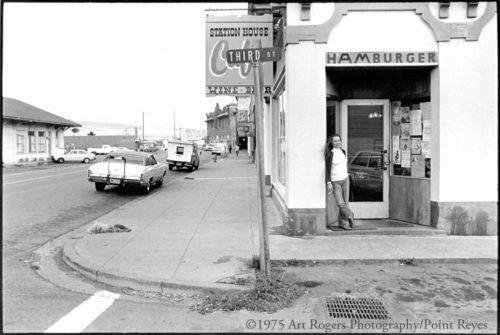
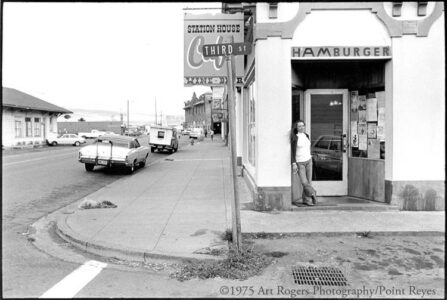
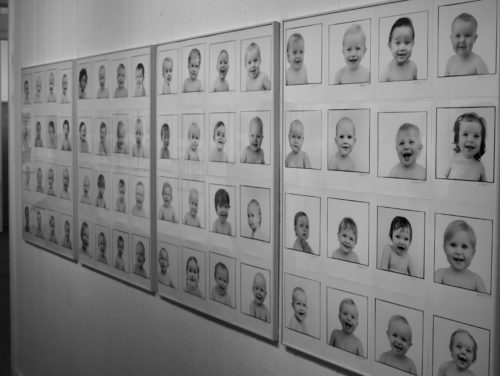
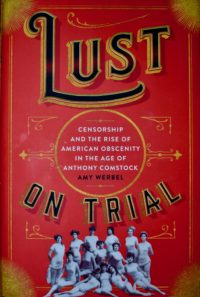

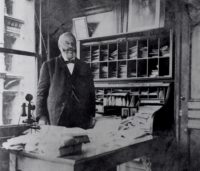 Â
 